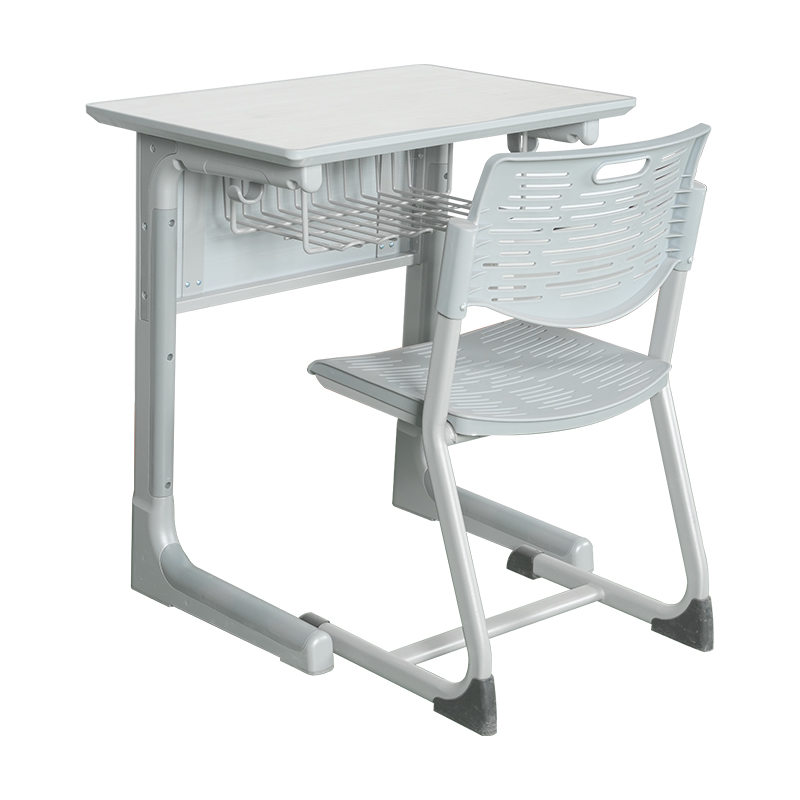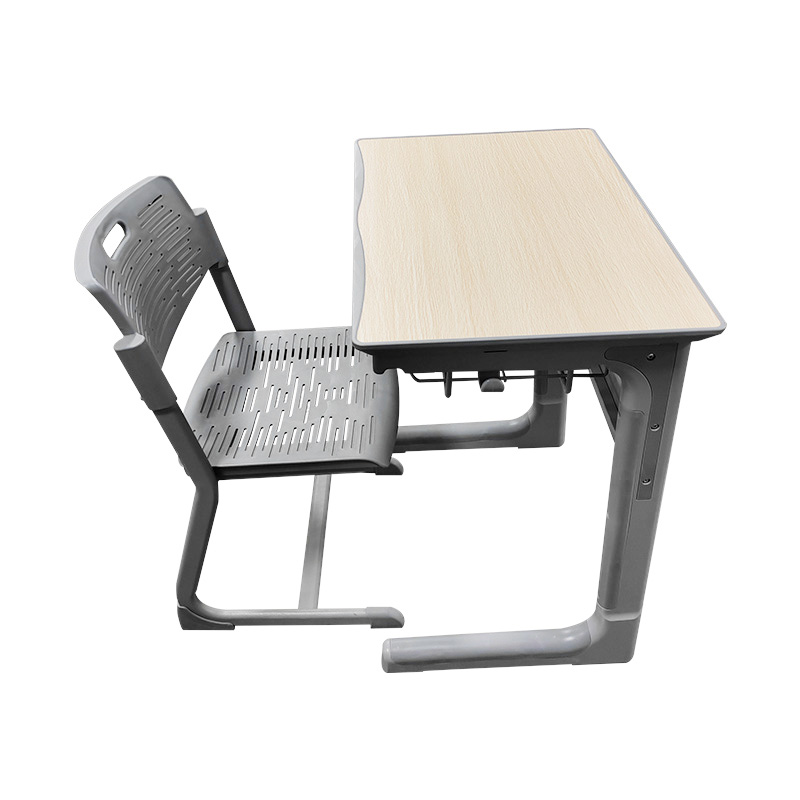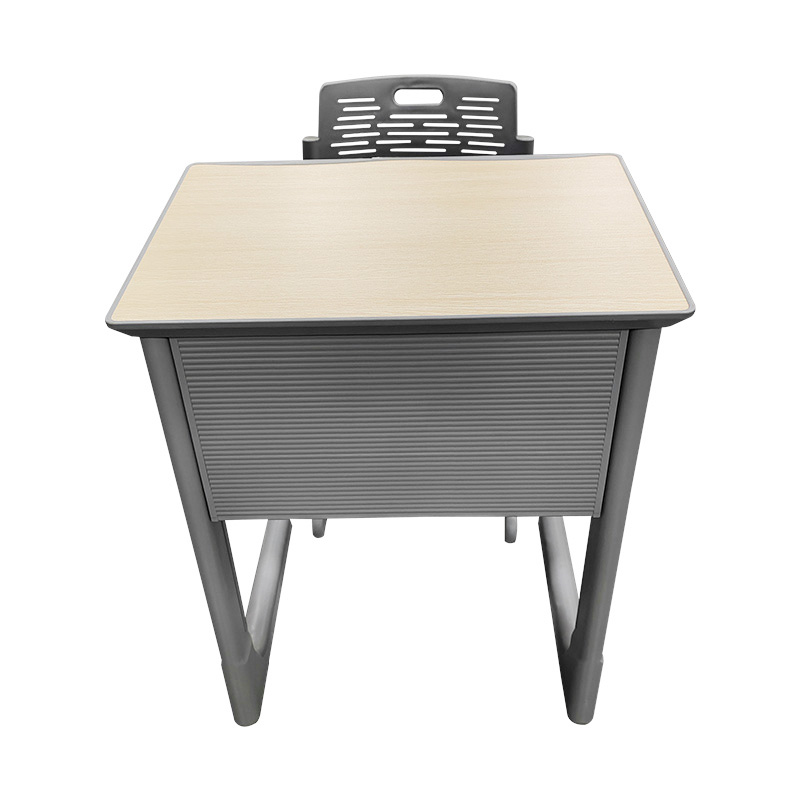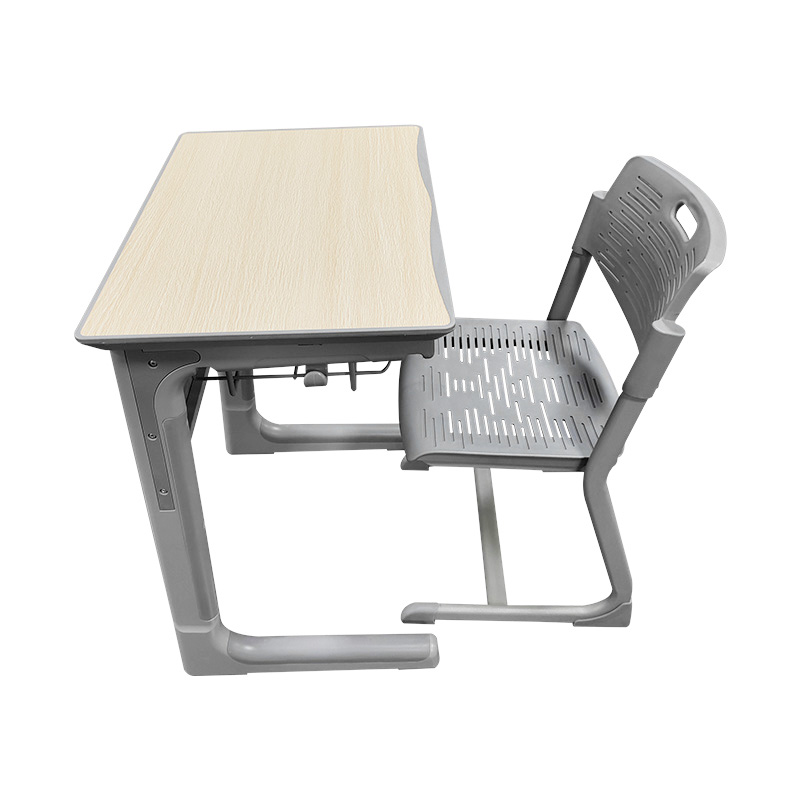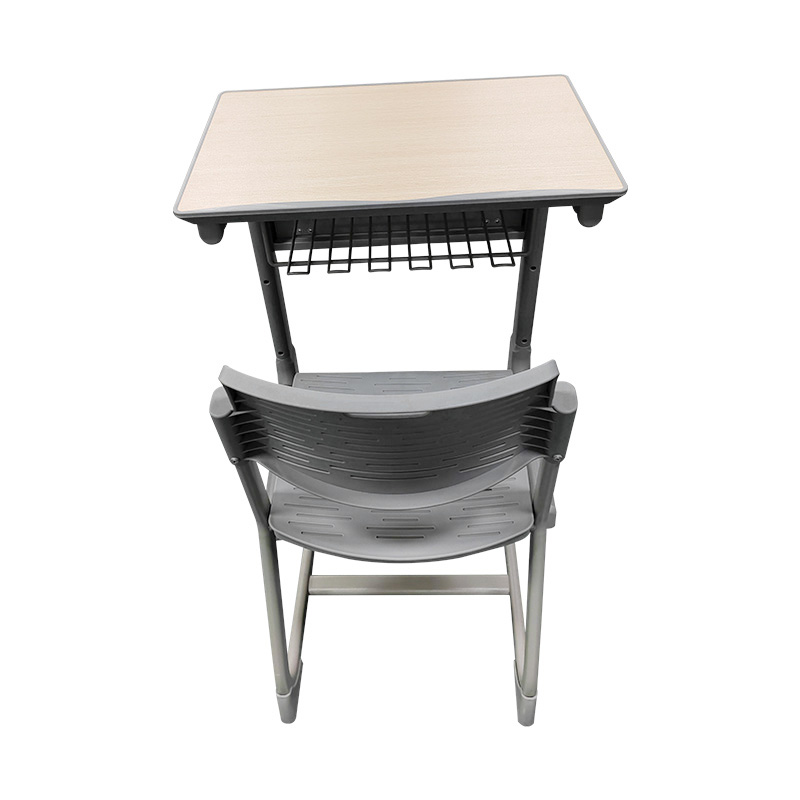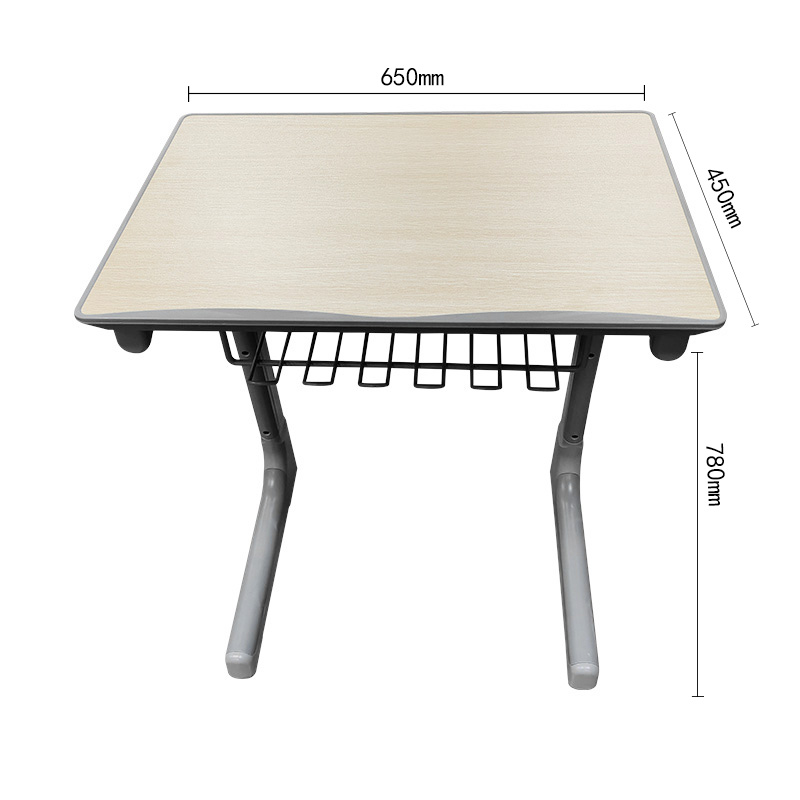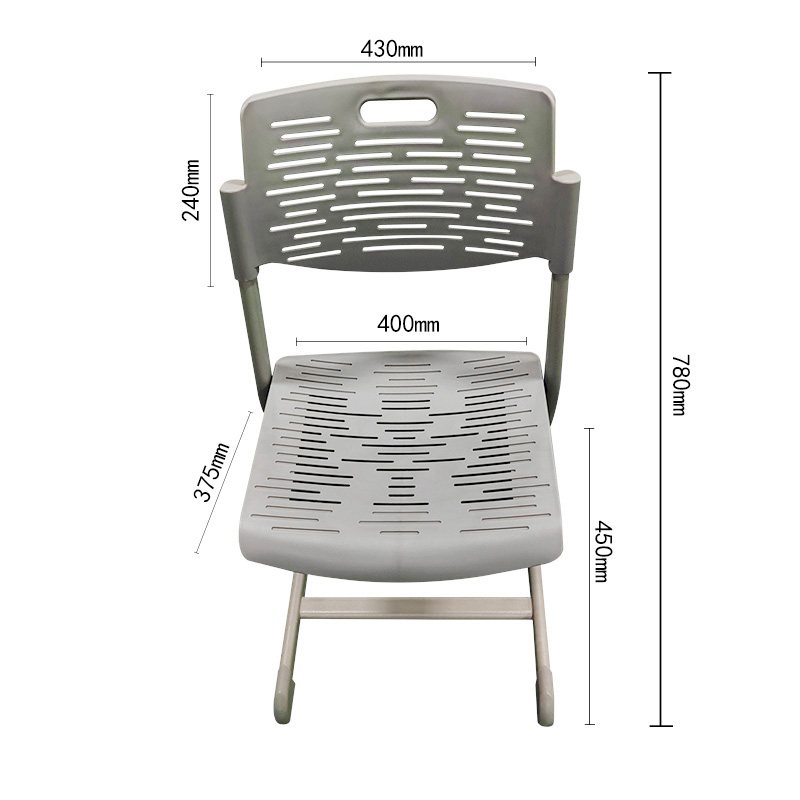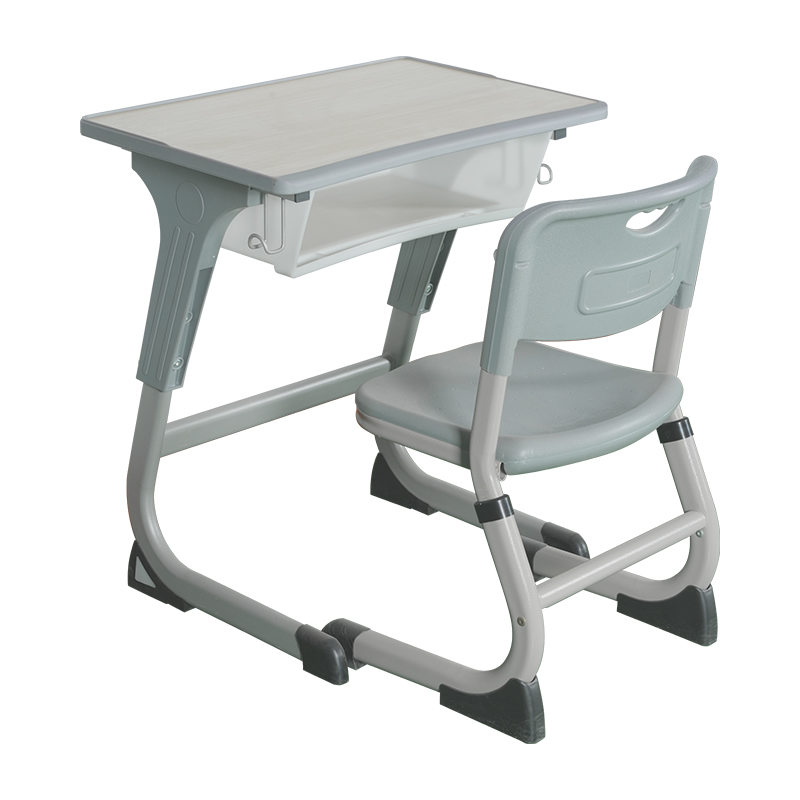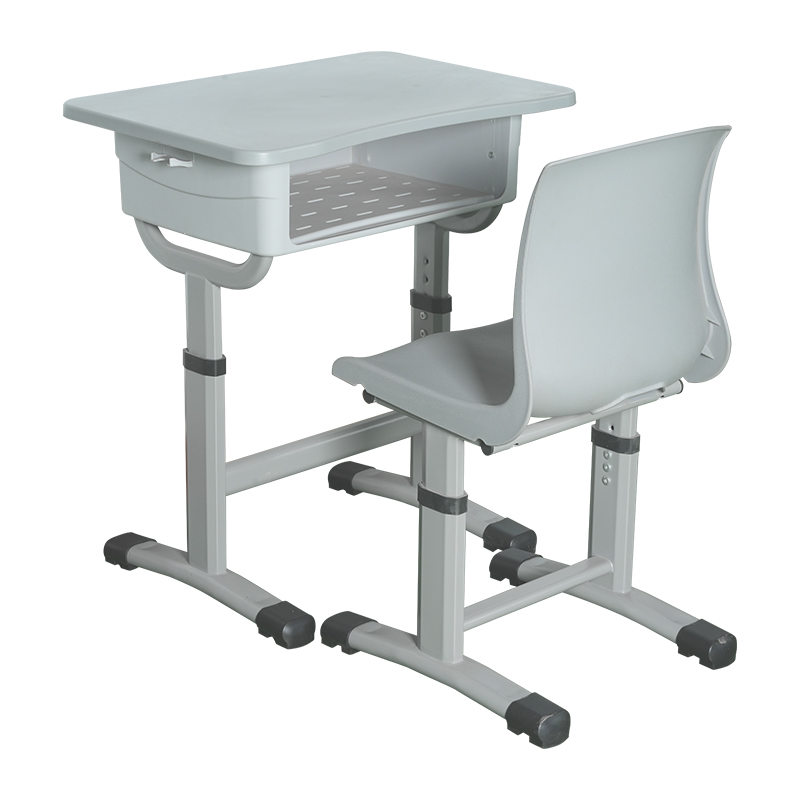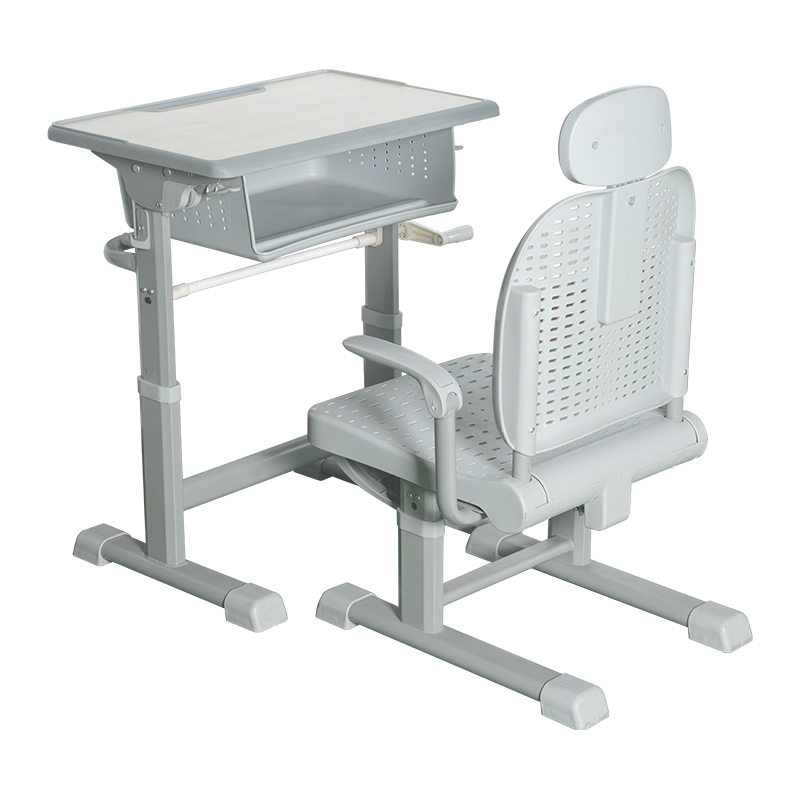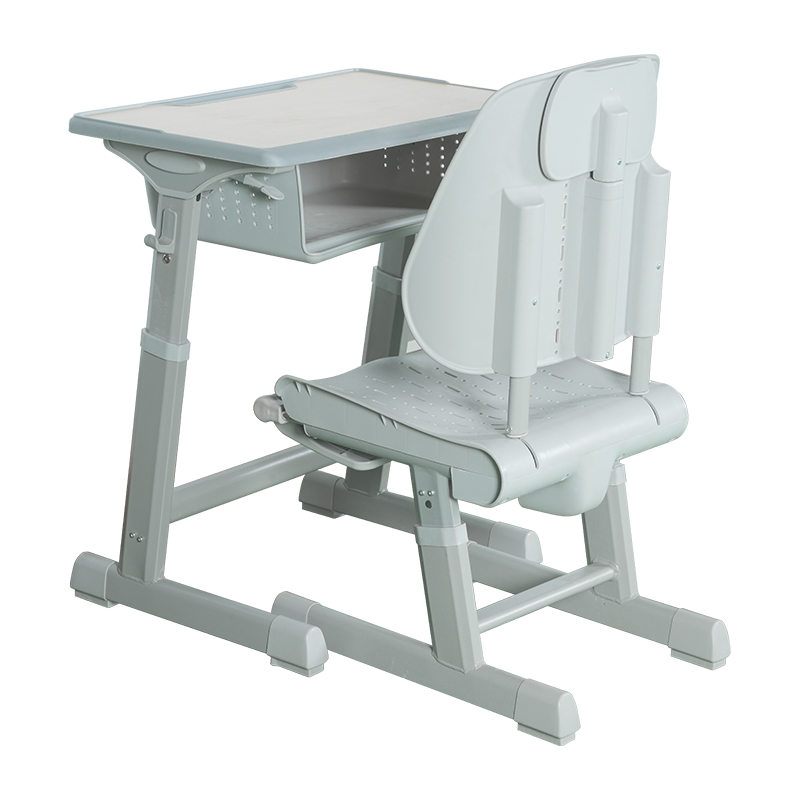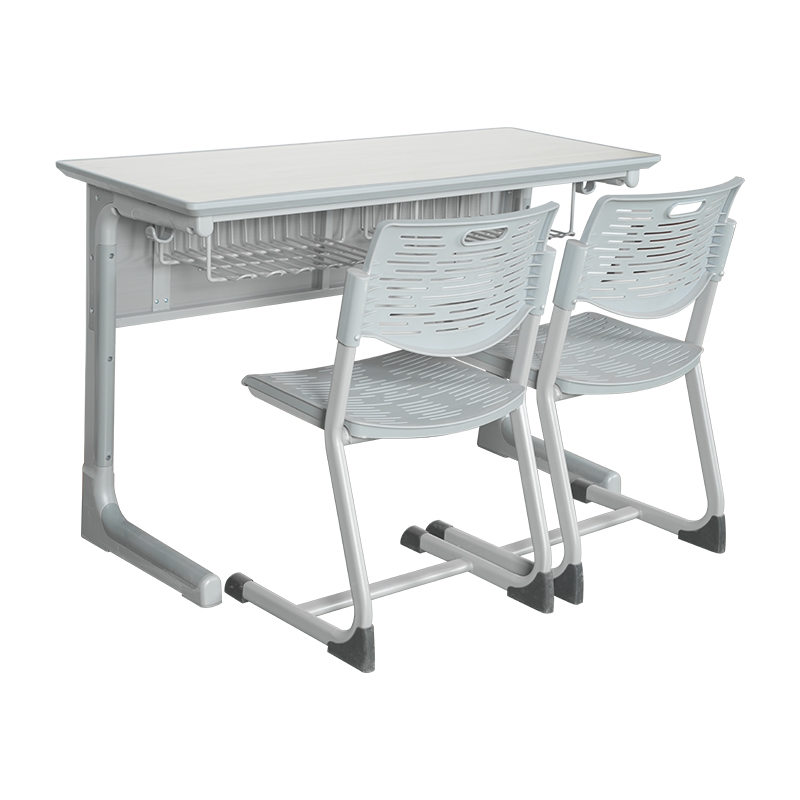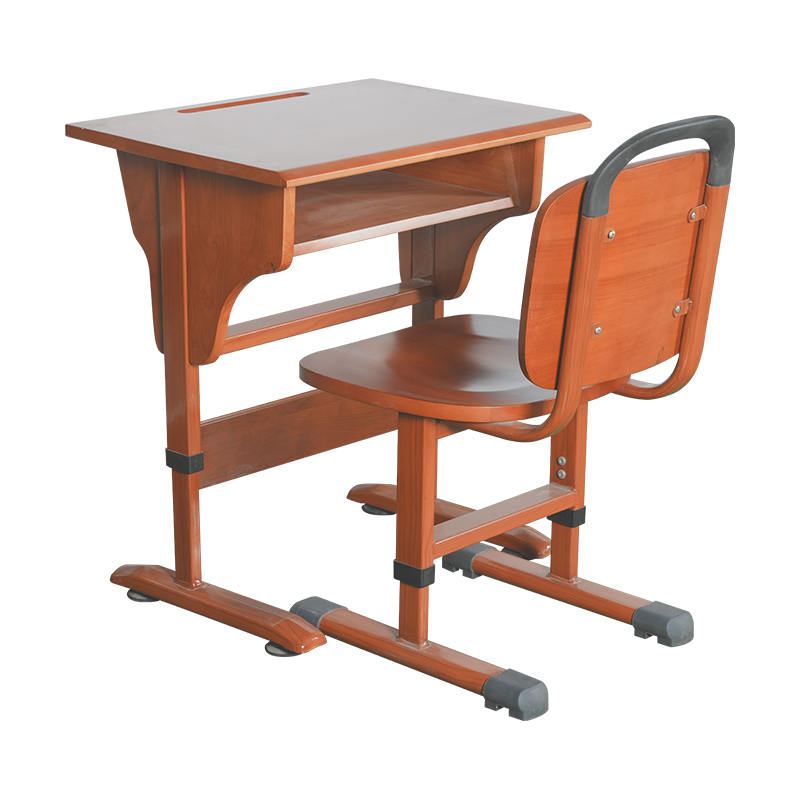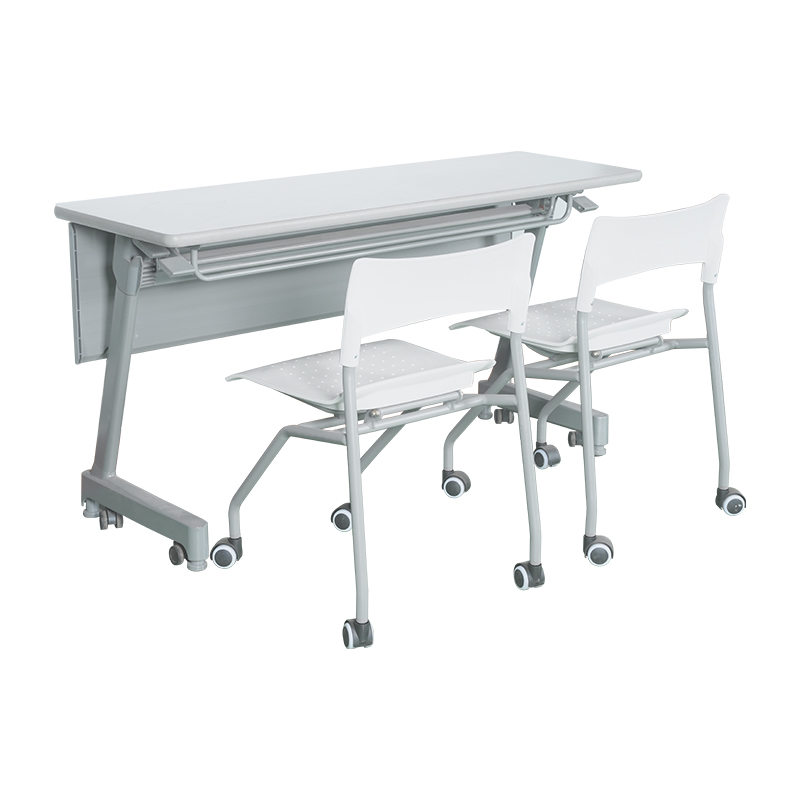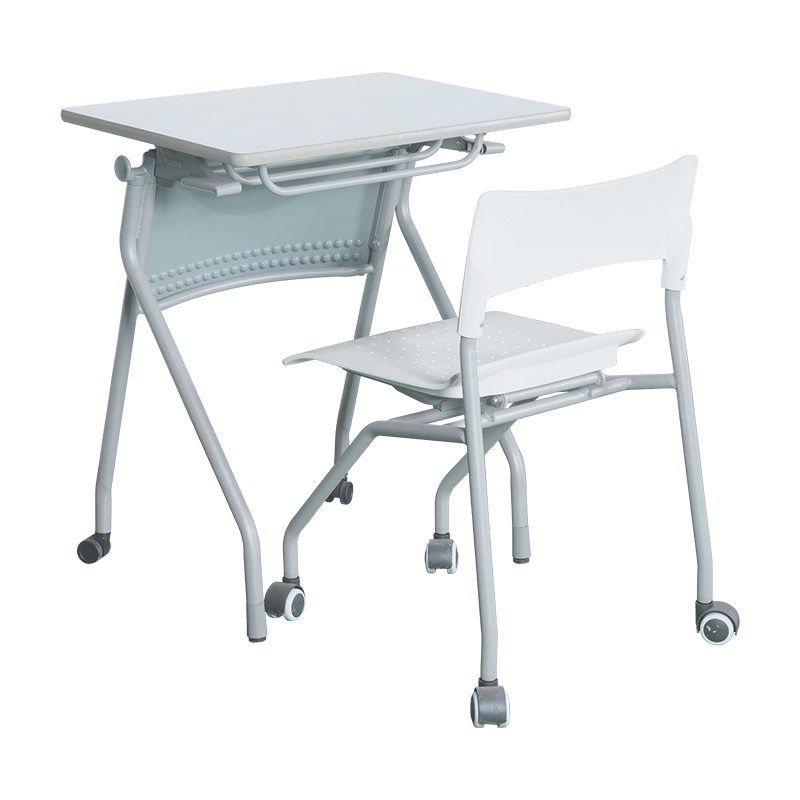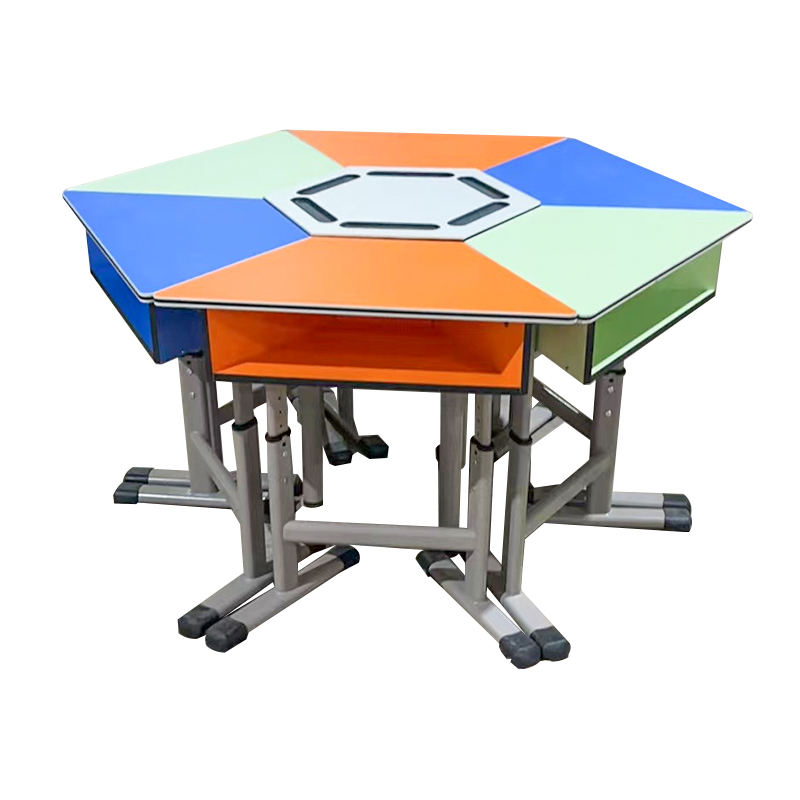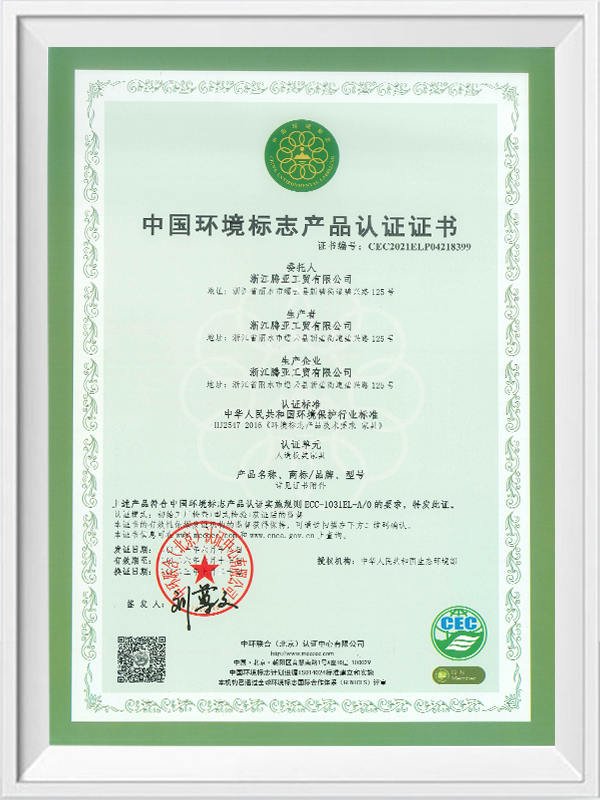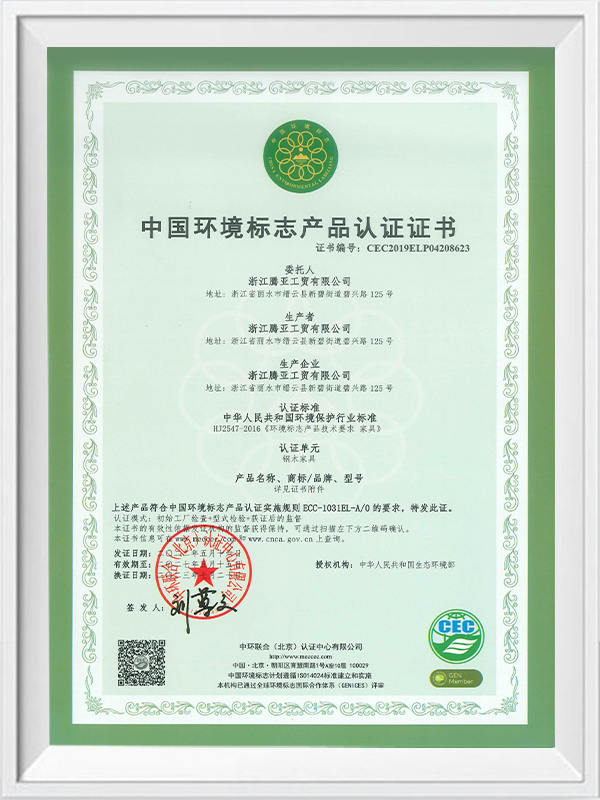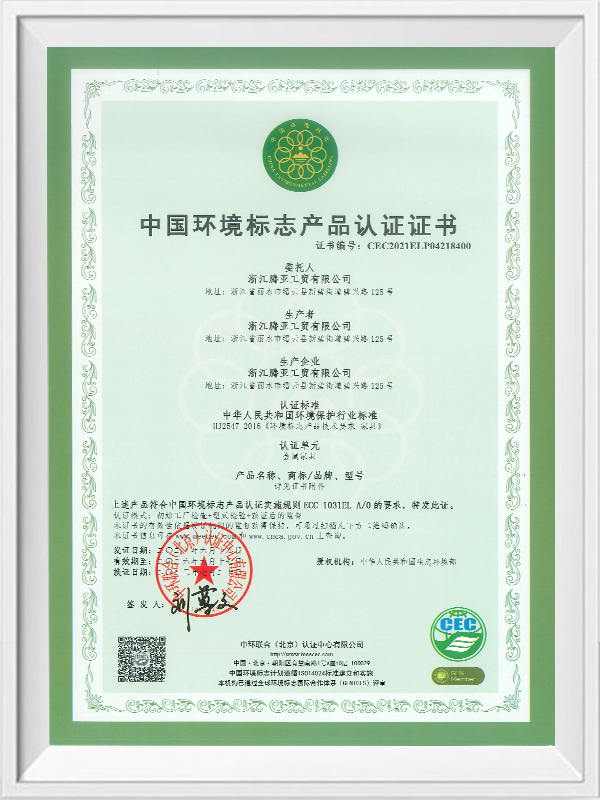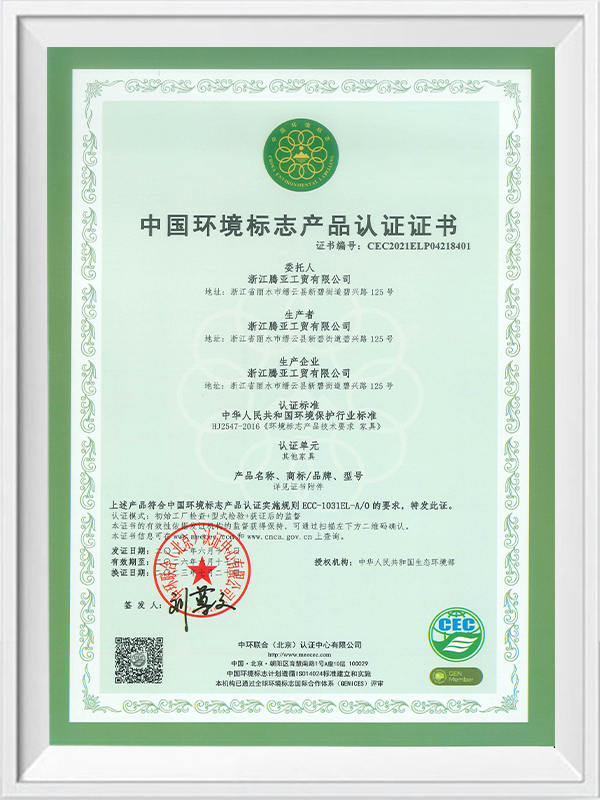Industry Knowledge Expansion
What Are the Advantages of Fixed Height School Desk and Chair?
Fixed height school desks and chairs are commonly used in educational settings, providing a simple, sturdy, and effective solution for students of all ages. While adjustable options are also available, fixed-height furniture continues to be popular for its own set of advantages, making it a reliable choice in classrooms, schools, and other learning environments.
Stability and Durability: Fixed height desks and chairs are generally designed to be robust, with fewer moving parts compared to adjustable furniture. This lack of adjustability makes these pieces of furniture inherently more stable and less likely to suffer from wear or mechanical failures. This is particularly important in classrooms, where furniture is used daily by many students. The solid structure also means the furniture is less likely to wobble or shift, providing a stable and secure working surface for students.
Cost-Effective: Because fixed-height desks and chairs have fewer components and dont include the added mechanisms that adjustable models do, they are often more affordable. For schools and educational institutions with tight budgets, fixed-height furniture offers an economical solution while still providing essential functionality. The long-lasting nature of these items also means they tend to require fewer repairs or replacements, contributing to long-term cost savings.
Ease of Maintenance: Fixed-height furniture is easier to maintain compared to adjustable furniture. There are no moving parts that need to be regularly inspected or repaired, reducing maintenance time and costs. This simplicity in design also makes the furniture easier to clean, as there are no intricate parts to worry about when wiping down surfaces or maintaining hygiene in the classroom.
Simplicity and Consistency: Fixed-height desks and chairs provide consistency in the classroom. Teachers and students dont have to spend time adjusting furniture to accommodate various heights. This simplifies the classroom setup, ensuring that every student has the same type of seating and work surface. It can be especially useful in larger classrooms, where maintaining uniformity is important for managing large groups of students effectively.
Wear Resistance Requirements of Study Table and Chair Set
When selecting study table and chair sets, wear resistance is one of the key factors to consider. In educational and study environments, furniture is subject to daily use, frequent movement, and general wear and tear. As a result, it is crucial for these pieces to be made from materials that are durable and can withstand the physical demands placed on them. Proper wear resistance ensures that the furniture remains functional and aesthetically appealing for an extended period.
Material Durability: The primary requirement for wear resistance in study table and chair sets is the selection of high-quality, durable materials. Many study tables and chairs are made from wood, metal, or a combination of both. The surface of these materials must be resistant to scratches, dents, and abrasions that may occur from regular use. For example, wooden tables should be finished with high-quality coatings or laminates that provide a protective layer against scuffs and marks. Metal parts, such as chair frames or table legs, should be coated with anti-corrosion materials to prevent rust and damage over time.
Surface Finish: The finish on the table and chair surfaces is critical in determining their resistance to wear. Smooth, high-gloss surfaces may be more vulnerable to scratches and stains, while matte or textured finishes tend to hide wear more effectively. A good study table and chair set will feature a finish that not only resists scratches but is also easy to clean, helping maintain the appearance of the furniture. Laminate and melamine finishes are often preferred for this reason, as they are both durable and easy to maintain.
Strength of Joints and Connections: Wear resistance is also dependent on the strength of the joints and connections in the furniture. The legs and frames of chairs and tables should be securely fastened and reinforced to withstand the frequent movement and pressure exerted on them. The joints should be designed to resist loosening over time, as this can instability and potential damage. Metal bolts, screws, and welding are commonly used for added strength, especially in chair frames and table legs.


 English
English русский
русский Español
Español عربى
عربى